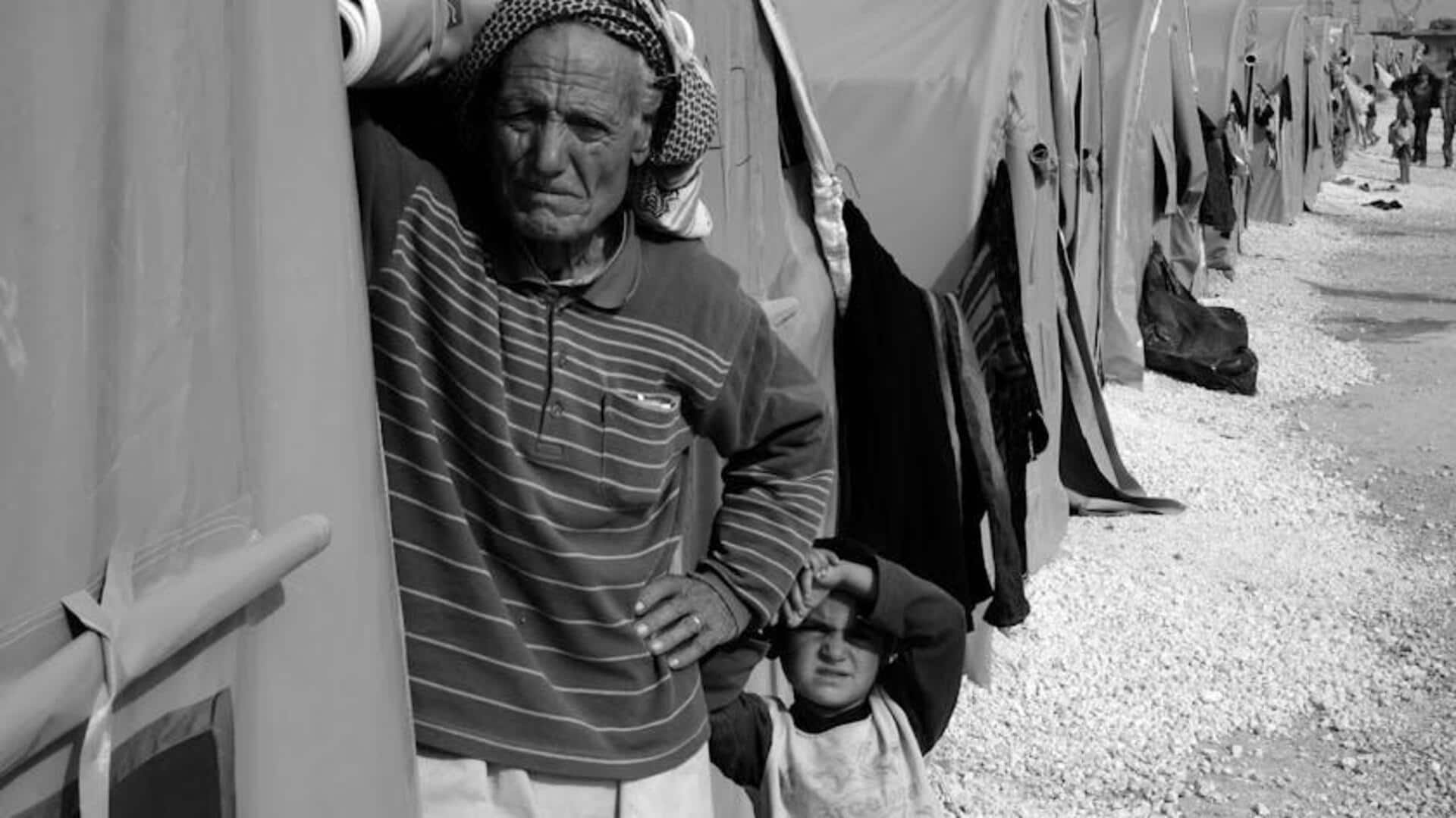
Extreme poverty in India below 3%: World Poverty Clock
What's the story
India is making significant strides in reducing extreme poverty, with less than 3% of its population living below the extreme poverty threshold of $1.9 (PPP) a day, the World Poverty Clock reported. As per the data, around 34 million people are living in extreme poverty, compared to 40 million in 2023. The initiative—supported by Germany—serves as a real-time tool for monitoring poverty reduction across nations and gauging progress toward the UN's first Sustainable Development Goal (SDG) of Ending Extreme Poverty.
Context
Why does this story matter?
The report comes months ahead of the Lok Sabha elections, likely in April or May. Last month, NITI Aayog declared that less than 5% of Indians now live in absolute poverty. Citing the Household Consumption Expenditure Survey (HCES) for 2022-23, CEO BVR Subrahmanyam said this does not mean people in India are well off now, but those living in absolute destitution are less than 5%. The government attributed this progress to various schemes and initiatives.
Poverty rates
94% of extreme poor people live in rural India: Study
The majority of those living in extreme poverty, 94%, reside in rural areas, while the remaining 6% are found in urban regions, the study said. Separately, the latest Consumer Expenditure Survey (CES) indicated that India's poverty levels have significantly decreased in 2022-23, with urban poverty at 4.6% and rural poverty at 7.2%. The data revealed a real per capita consumption growth of 2.9% per annum since 2011-12, with rural growth at 3.1% and urban growth at 2.6%.
Rates
Poverty rates in rural, urban areas
The expenditure survey also prominently shows a decline in spending on food items in both rural and urban areas. While rural poverty stands at 2.5%, urban poverty has decreased to 1%. For the 2011 Purchasing Power Parity (PPP), the $1.9 poverty line has declined from 12.2% in 2011-12 to 2% in 2022-23, equivalent to 0.93 percentage points (ppt) per year. These numbers indicate a significantly lower population of poor people in India compared to World Bank estimates.
Factors
Factors contributing to poverty reduction
A report by global think-tank Brookings credited high growth for the elimination of poverty in India. Brookings also attributed India's success to policies such as the national mission for toilet construction, universal access to electricity, modern cooking fuel, and piped water, which have all contributed to consumption growth. The report suggests that India should now adopt a higher poverty line and redefine social protection programs to better identify and support the truly poor.